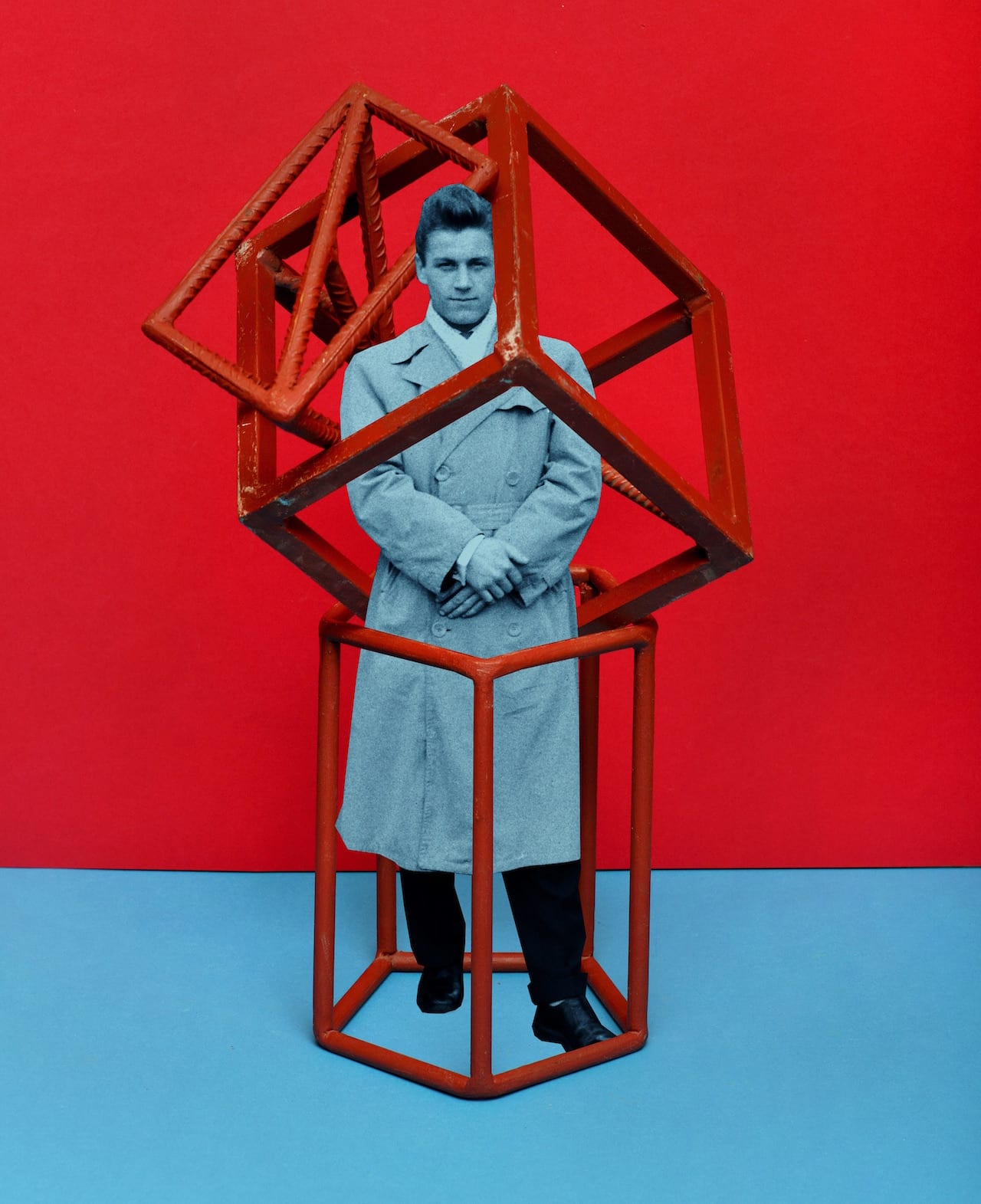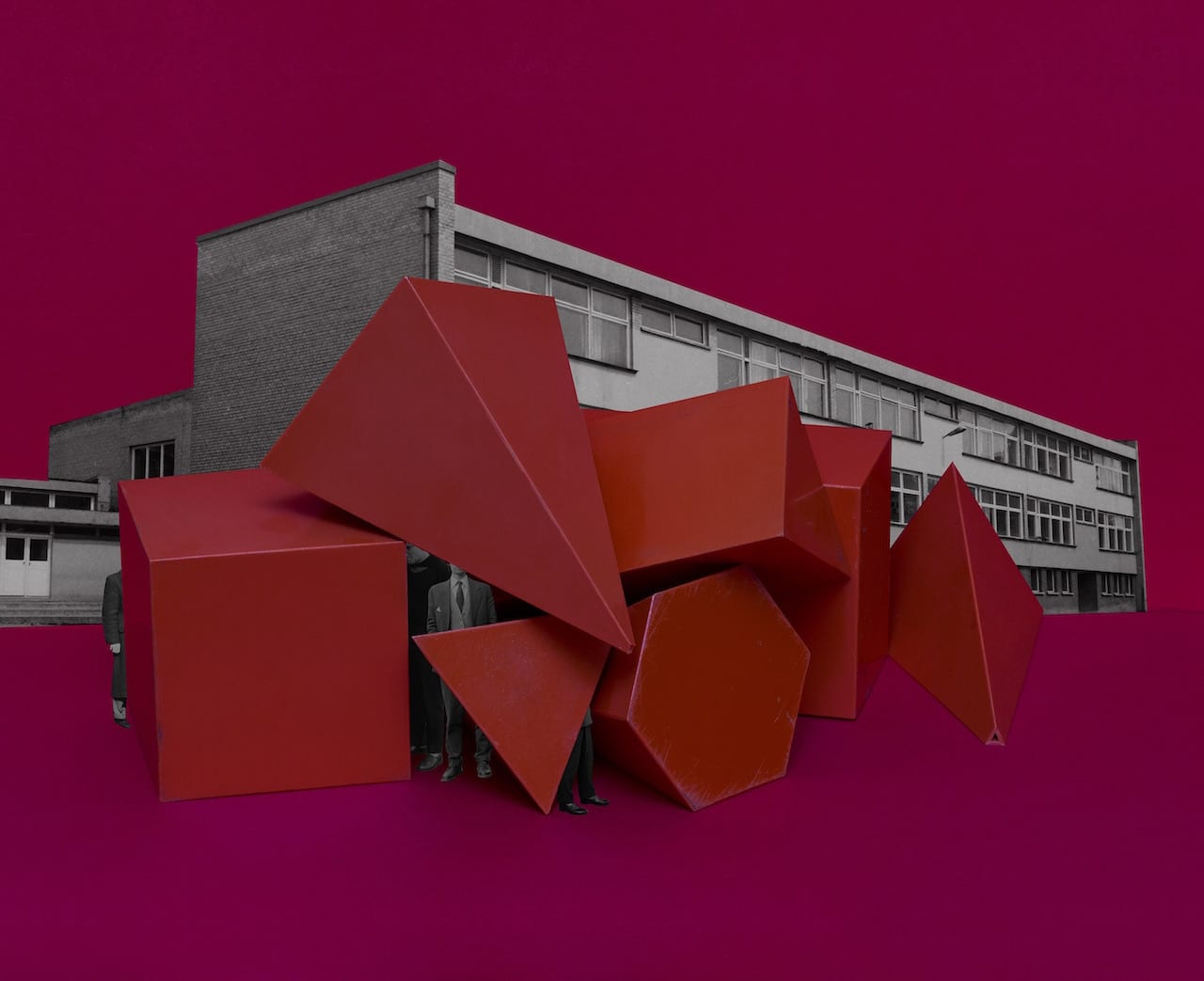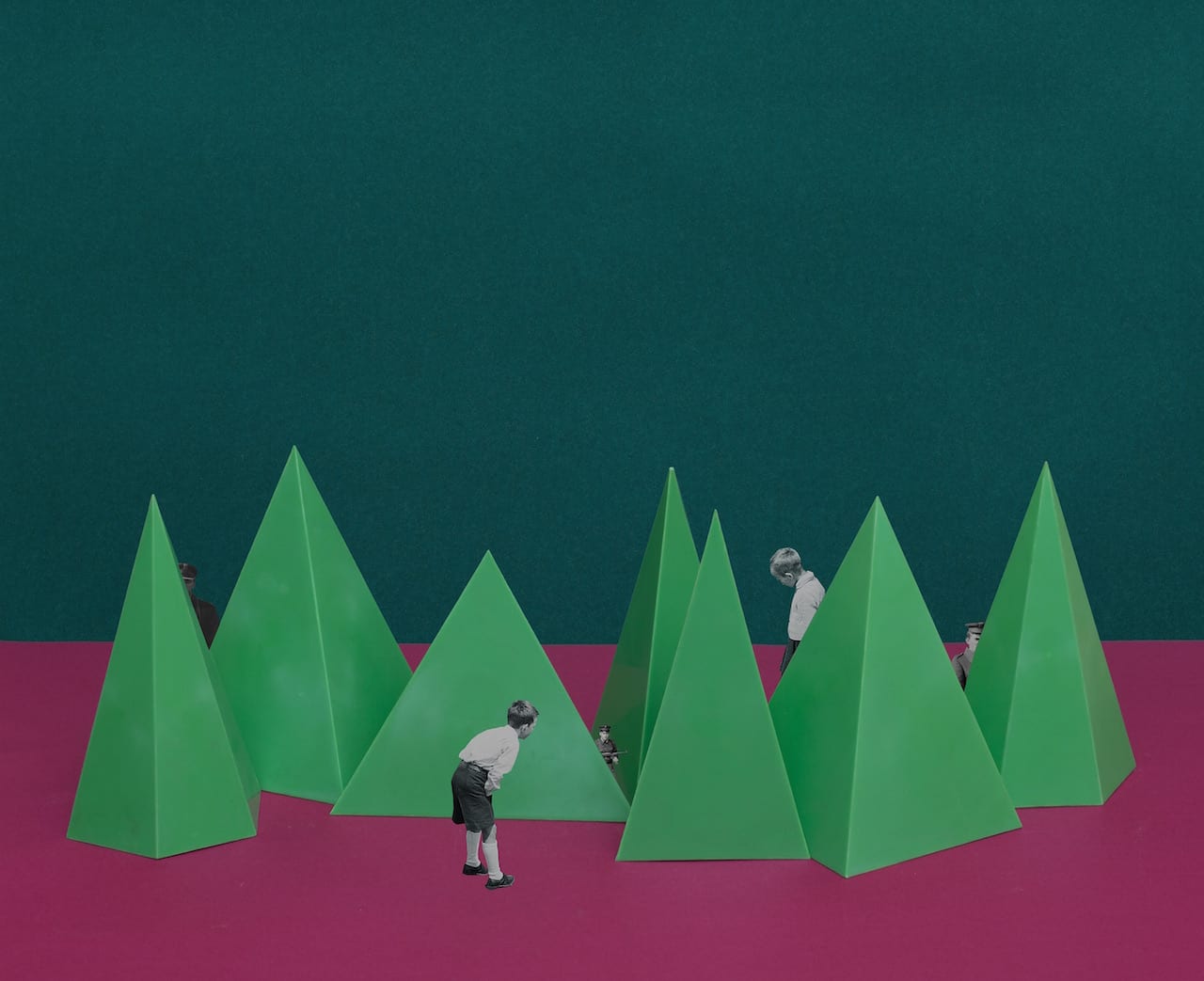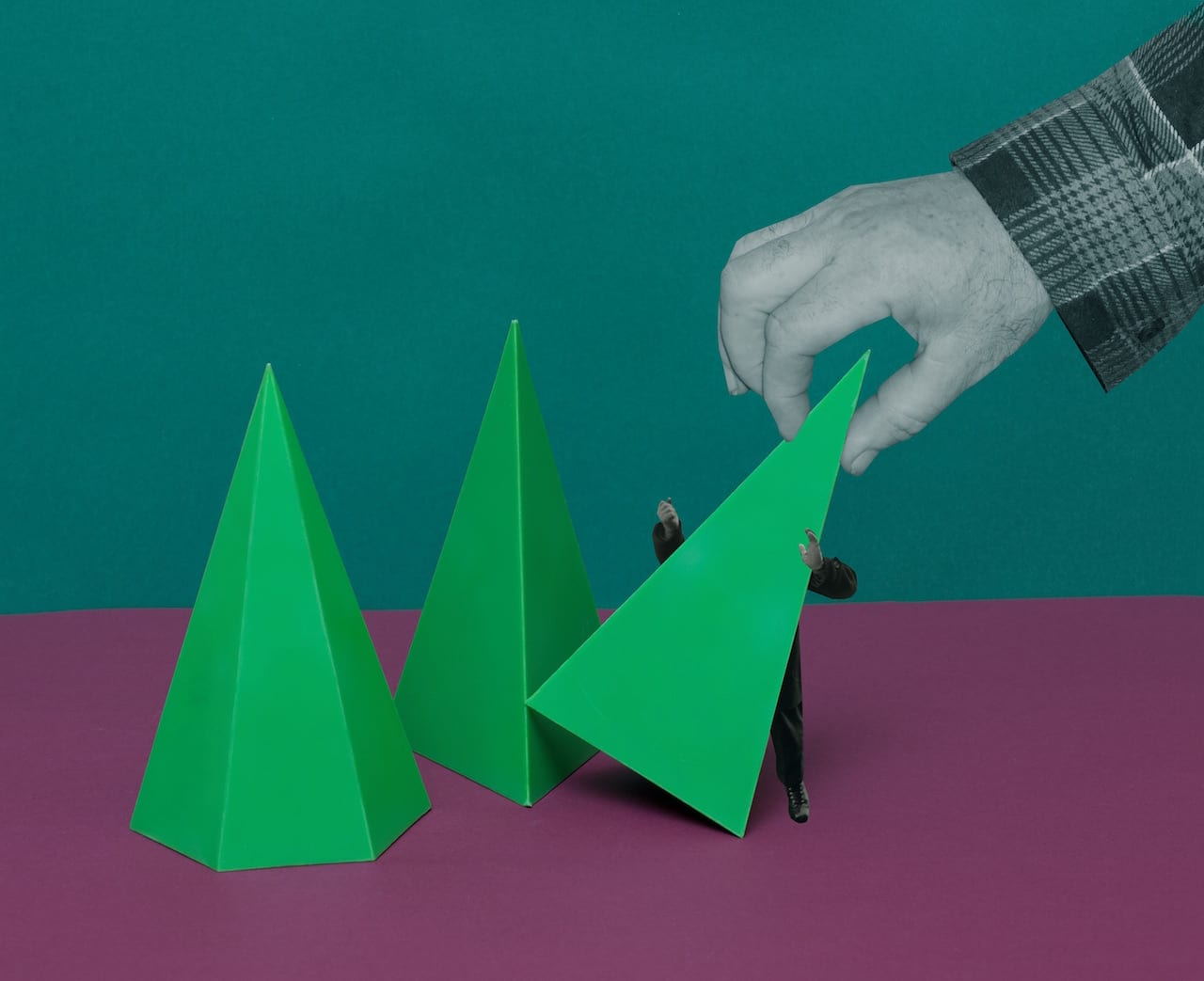Silent, loud, peaceful, political – whatever form protest takes, the mobilisation of people to challenge authority has grown in confidence through history. The thing about protest is that the impact it desires is not instantaneous but, even though the results may take time to shape, they do eventually become manifest. It is, after all, the power of protest that began the domino effect of the disintegration of the Soviet-controlled communist regime in Poland in 1989. Sparked by dozens of workers’ strikes in coal mines and shipyards around the country, it was the demands of the people that propelled the Solidarity movement led by Lech Wałęsa into the first democratic government in almost half a century.
Skip ahead to present-day Warsaw, and the echoes of dissent can be heard upon the streets once again. Last time I spoke to Polish photographer Rafal Milach (for BJP’s September 2017 feature on the latest work from Sputnik Photos, the collective he co-founded), he told me that protesting the alarmingly fast political changes brought about by the PiS (Law and Justice) government felt like his new hobby. And he reiterates this today, speaking of the “permanent state of demonstration”.
In summer 2016, he was invited to participate within the Kolekcja Września residency programme, which each year selects a photographer to produce a body of work reflecting on town life. Milach and his Sputnik colleagues have been amassing an archive of found and newly shot photographs from the post-communist Eastern Bloc for their Lost Territories projects, so he was naturally drawn to the town’s historical material. He was also aware of a children’s protest that had taken place there at the turn of the 20th century, when western Poland was under German occupation.
More than 100 students of the Catholic People’s School took part in a strike against the Germanisation of their education, which would aim to eradicate the Polish language from their teachings, and the physical violence used by teachers. The strike, though historically remembered for its triumph, is synonymous with Września, and over the years has become somewhat a cliché of association.
Milach was wary of this obvious reference point, but given the timing of the residency – which coincided with a series of massive street rallies demonstrating against the government’s grab for extra judiciary powers – he couldn’t ignore it. And so it ultimately formed the backbone of the resulting project. The First March of Gentlemen, a 72-page photobook composed of collages that mingle elements illustrating the 1902 Children’s Strike with characters that lived during the communist era a half-century later, delineates a fictitious narrative that can be read as a metaphor, commenting on the social and political tensions of the present day.
“The most important thing was to create a story that would be accessible to everyone because this is, in the first place, my vision of a society, in which individuals can protest in the public space, regardless of consequence,” he explains. “The initial idea of working with the archive was sustained, but the topic changed as I began looking for material that could occupy two spheres – discipline and pacification, and the sphere of freedom – and to bring these elements together in a series of collages.”
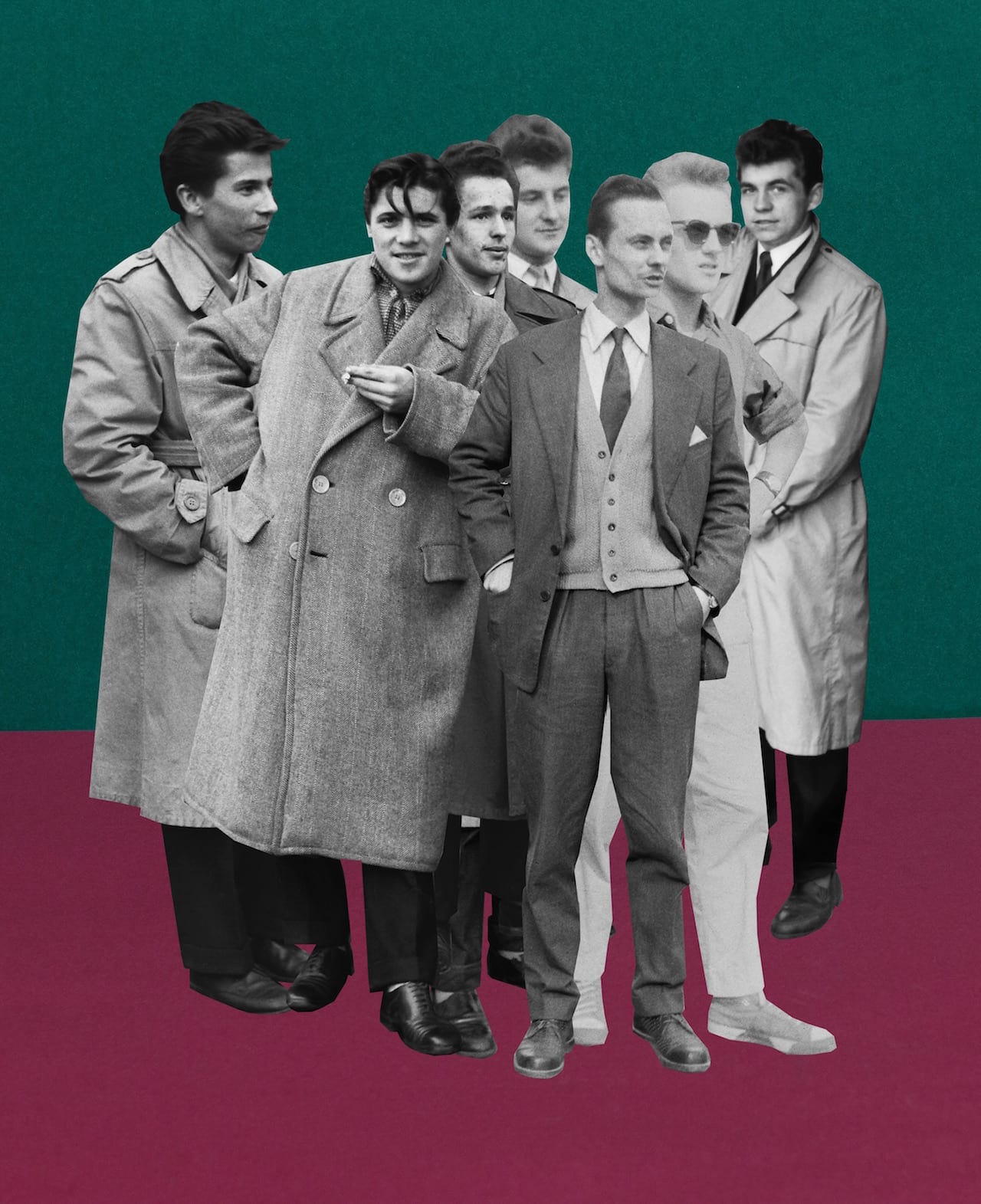
Milach found it in the work of local amateur photographer Ryszard Szczepaniak, and his archive of images shot in Września during the 1950s and 1960s. He photographed his and his brother’s friends in formal street poses, many of them while on leave from the military, some of whom came from the Armia Ludowa, a communist partisan force set up by the Polish Workers’ Party while under German occupation during World War II.
They pose for the camera, hands crossed and guns poised, but with a glimmer of a smirk at the side of their pursed lips. Those not in uniform are well-dressed, dandy-esque figures, standing around with cocked hips and cigarettes, their long dusters, waistcoats and hats beginning to show signs of wear.
“They were a poorer version of the glamour they probably knew from American films,” Milach observes. “This intrigued me… The photo shoots that Szczepaniak was doing were somehow detaching the guys from the context of contempt in those days. The 1950s in Poland was a pretty oppressive time in terms of the communist regime, and these guys were just having fun in some remote areas within Września county… posing, staging shooting scenes… It was like being part of the system, but making a joke out of it.”
By extension, Milach detaches them physically, cutting out the figures and pasting them onto brightly coloured backgrounds, hinting at ideas of contrast and displacement. The resulting book, beautifully designed by his wife, Ania Nałęcka-Milach, references a children’s exercise book in its choice of size and coloured papers, bound by a long red thread to contain its assembly.
The design is “like a toy, like a candy – something nice to look at and to touch,” Milach says. “But it’s only a camouflage; a beautiful skin to disguise these spheres, to somehow smuggle them into your daily life” – just like the jubilant propaganda posters of the 1950s, or the cheery chat shows on the newly nationalised television stations of today. Page by page, the singular figures in these candy-coloured landscapes are joined by gatherings of larger groups, and geometric shapes representing mathematical teaching aids begin to appear as symbolic cages.
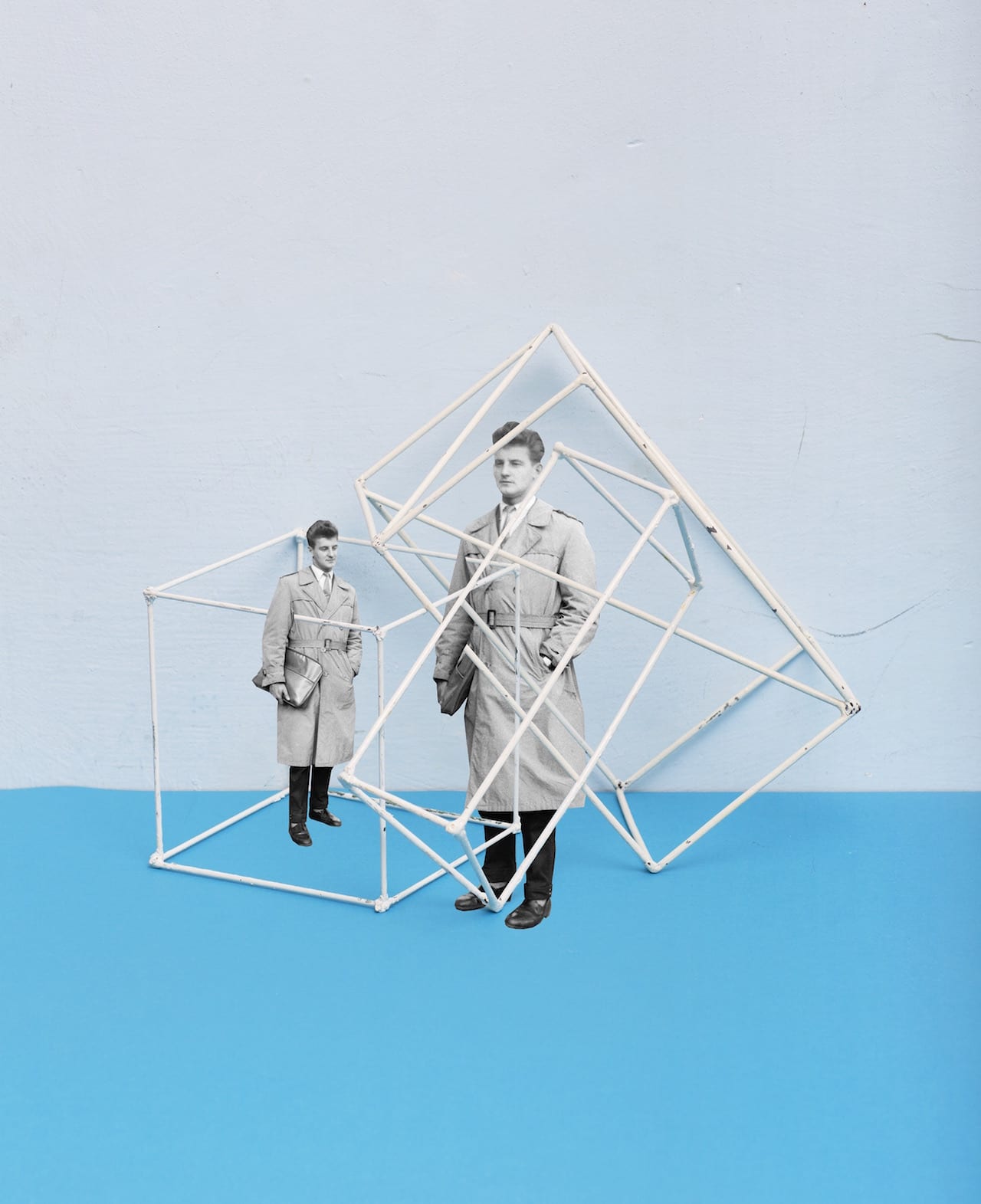
As these structures grow to command the composition of each image, the positioning of the figures becomes more claustrophobic. The young men are trapped into constricted spaces, yet their faces remain fixed with an expression of naive indifference. Do they not understand that their freedoms are an illusion that is entirely under the control of a superior authority? Akin to a children’s animation, the scenes build, frame by frame, and then break down again.
“The linearity of the book is very important,” Milach says. “It has a certain structure that you read from the front to the back – gathering, deconstructing, pacifying and then again, it loops and the story repeats.”
The repetitiveness of the story is also key, he says, because whether it be the early or mid 20th century, or the protests of today, “the patterns are pretty much the same”. “But still, the people act and react, and this is the bottom line of the entire project,” he continues, “that you’re active and you’re responsive regardless of any possible consequence – that’s the story.”
Milach wouldn’t call himself an activist, nor is this book an object of activism, though you will often find him on the street campaigning with his peers. He is, however, a great believer in the power of the people’s voice, which he wants to encourage to grow louder. Rather than just preaching to the converted, he’s targeting the people who have taken a back seat.
“It is titled the ‘First March’ because it is the characters’ first experience of being an active citizen,” he says. “The ‘Gentlemen’ is just a figure of speech. It’s not a gender-related thing, it’s just a representation of some activated unit. To me it was rather a metaphor of being in some sort of bubble where you don’t really have to act because you are comfortable.”
Later, reflecting on his own actions within the bigger picture, he adds: “You have to use the tools that you have. Does art change the world? Or photography? I don’t think so, but it can be a tool. And it can be just a fraction of something bigger.”
rafalmilach.com This article was first published in the December 2017 issue of BJP, which was themed Archives & Ideology: Life Beyond the Iron Curtain, and is available via https://www.thebjpshop.com/
bjp-online recently interviewed another photographer, Adam Lach, about the work he made on the Kolekcja Września residency https://www.1854.photography/2017/09/qa-adam-lach-creates-a-wonderland-out-of-small-town-polish-life/
